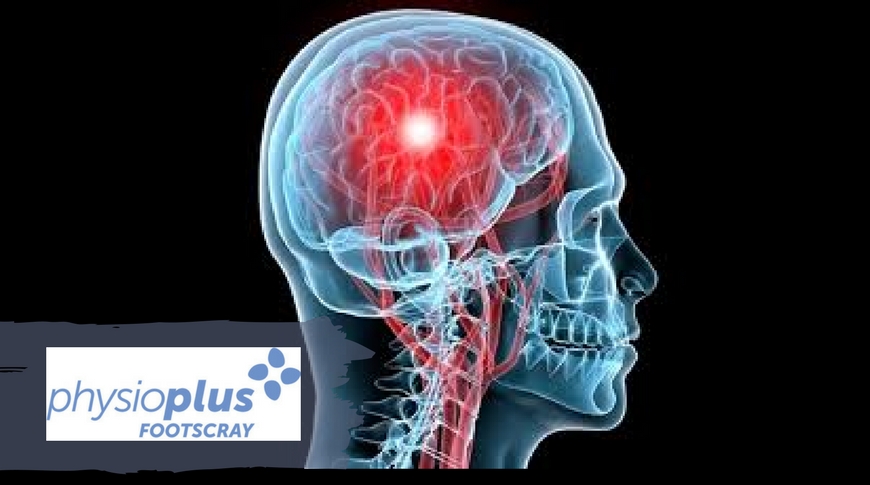
CONCUSSION IN SPORT – PHYSIO PLUS
Sports-related concussion is a hot topic! The importance of recognising concussion and managing it appropriately is becoming more and more recognised now thanks to the publicity it has received in recent times.
The current stats show that in elite-level football you will on average have one concussion every three games, and therefore it is an injury that will need to be managed on quite a regular basis. Although those in the elite-level have the luxury of a medical team to manage this appropriately, managing concussion effectively at the community level is very achievable despite not having the resources or medical expertise of the elite-level.
Although usually on the milder spectrum, it is important to understand that concussion is a traumatic brain injury (TBI) induced by biomechanical forces or trauma. It’s important to understand concussion as an injury to the brain.
Head impacts can be associated with serious and potentially fatal brain injuries, and therefore appropriate management is critical for the short and long-term welfare of the player. Within community football, the guidelines set out by the AFL are that if a player is suspected of having concussion, they are to be removed from the game and be referred on to a medical doctor for assessment. It is important to understand that symptoms following concussion can develop and worsen over time, and therefore concussion should be seen as an evolving injury, hence the importance of medical assessment in a timely manner. It is also for this reason that a player with a suspected concussion must not return to the game.
The concussion recognition tool (CRT5) is a fantastic one-page guide to help identify suspected concussion and ensure appropriate management is provided, and a link to where this can be found is at the bottom of this article. All sports trainers, staff, and even medical and health professionals involved in the care of players at the community level should have a full understanding of the CRT5. It goes through a step-by-step process of assessing for red flags which would require an ambulance to be called, the signs and symptoms to look out for, a brief memory test to take the player through, and some advice to provide those with suspected concussion.
The CRT5 tool is designed to help identify suspected concussion but it should never replace a medical assessment to help diagnose concussion. Medical referral is recommended for all cases of concussion due to the potentially serious consequences associated with it.
It’s important that a player doesn’t just go straight back into training and games when their symptoms have settled. A player is only to return to physical activity once symptoms have fully resolved. The player should then undergo a graduated process of return to sport (i.e light aerobic exercise, skills, non-contact training, contact-training, return to sport) to ensure the brain copes with the increasing intensity of exercise. More information on how to appropriately return a player to sport can be found in the community concussionguidelines. These guidelines are a comprehensive yet succinct and informative document surrounding the management of concussion. I would highly recommend anyone involved with the management of concussion in community sport to become familiar with this document.
If you are involved in the management of concussion in community sport, the most important thing is to become adequately informed, so when the time comes, you are able to provide the best care possible to ensure a good outcome for the concussed athlete!
If you’d like more information please check out the following link by the AFL http://www.aflcommunityclub.com.au/index.php?id=66 or contact Michael Freeman via footscray@physioplus.com.au or visit our website physioplus.com.au
Michael Freeman, Physio Plus Footscray
